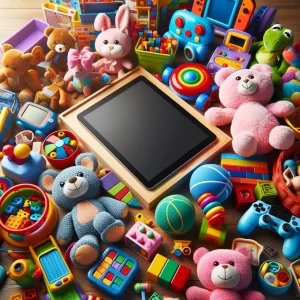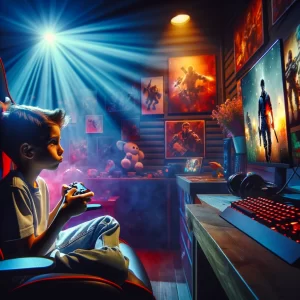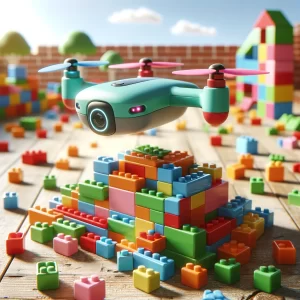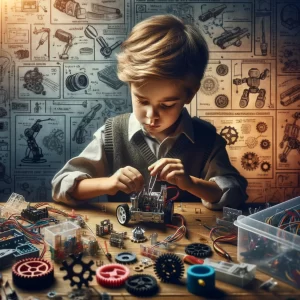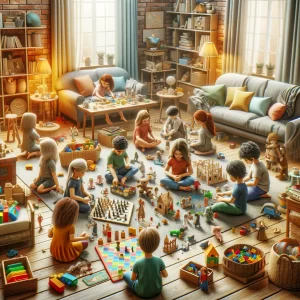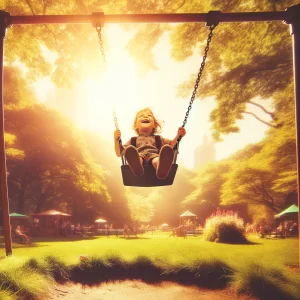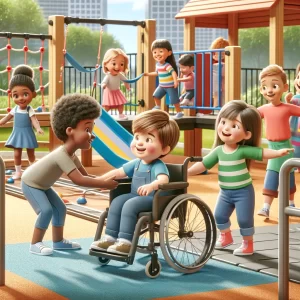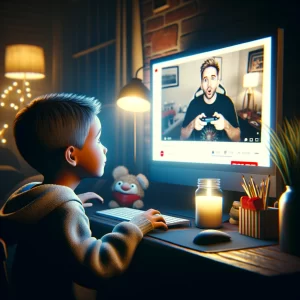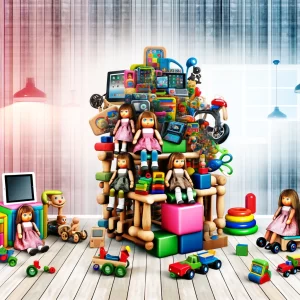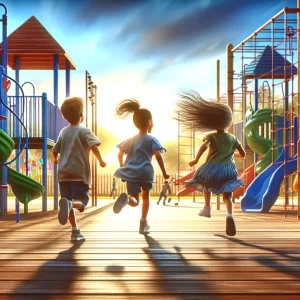The landscape of childhood play has undergone profound transformations from the Baby Boomer generation to the digital natives of today. These changes reflect broader societal shifts, technological advancements, and evolving attitudes toward parenting and education. From outdoor adventures to virtual worlds, this article explores 16 significant changes in how children play, highlighting the implications for development, socialization, and well-being.
1. Outdoor Play to Screen Time
Baby Boomers spent vast portions of their childhood outdoors, engaging in unstructured play, which contrasts sharply with today’s tech-savvy kids, who often prefer screen-based entertainment. This shift raises concerns about physical health, creativity, and social skills, as digital devices increasingly dominate leisure time.
2. Physical Activity Levels
The Baby Boomer generation was generally more physically active, with play often involving sports, cycling, and games that required physical exertion. Today, sedentary lifestyles are more common among children, partly due to the prevalence of video games, smartphones, and other electronic devices, contributing to rising concerns about childhood obesity and fitness.
3. Social Interaction
Previously, children’s play was predominantly social, involving neighborhood friends and schoolmates in group activities. In contrast, modern play can be solitary, especially with the advent of single-player video games and individualized gadgets, potentially impacting children’s social development and empathy skills.
4. Supervision and Independence
Baby Boomers often reminisce about the freedom they had to explore their environments with minimal adult supervision. Today’s children experience more structured and supervised play environments, reflecting increased concerns about safety and a shift towards more organized activities.
5. Toys and Technology
While Baby Boomers grew up with basic toys that often required imaginative input, today’s children have access to sophisticated tech toys, including drones, smart dolls, and educational apps, which offer immersive and interactive experiences but may also limit imaginative play.
6. Educational Focus
There’s been a significant shift towards educational and developmental toys and games, reflecting a growing awareness of early childhood development. Parents and educators now emphasize toys that promote STEM skills, literacy, and cognitive development from a younger age.
7. Indoor Play Predominance
Modern children are more likely to engage in indoor play, within the safety of their homes or at designated indoor play centers. This trend reflects urbanization, safety concerns, and the changing nature of community spaces, contrasting with the Baby Boomers’ tendency to roam neighborhoods and play in natural settings.
8. Scheduled Playdates
The spontaneity of play has diminished over the generations, with today’s parents often scheduling playdates for their children. A structured approach to socialization reflects busier family schedules and concerns about safety but may limit children’s opportunities to develop independent social skills.
9. Gender-Neutral Toys
There’s a growing emphasis on gender-neutral toys and activities, challenging traditional gender roles and stereotypes. This shift aims to foster inclusivity and equality from a young age, contrasting with the more gender-specific toys and roles encouraged among Baby Boomers.
10. Digital Literacy
Today’s children are becoming digitally literate at an increasingly young age, with tablets and smartphones becoming common in early childhood. Early exposure to technology contrasts with the analog world of Baby Boomers and prepares children for a digital future but also raises concerns about screen time.
11. Play and Mental Health
There’s increased awareness of the link between play and mental health, with a focus on play as a means to reduce stress and improve psychological well-being. This understanding reflects broader societal recognition of mental health issues, compared to the less informed perspectives during the Baby Boomer era.
12. Environmental Awareness
Modern toys and play activities often incorporate themes of environmental conservation and sustainability, mirroring growing global concerns about these issues. This focus aims to instill a sense of responsibility and awareness in children, a contrast to the less environmentally focused play of previous generations.
13. Inclusivity in Play
There’s a concerted effort to ensure play is inclusive, with toys and games designed to be accessible to children of all abilities. Inclusivity represents a significant shift from past generations, where children with disabilities were often marginalized in play activities.
14. Role of Media and Influencers
Children’s play is increasingly influenced by media and influencers, with characters from TV shows, movies, and YouTube shaping play themes and toy choices. Media-driven play is a departure from the more localized and community-driven influences of the Baby Boomer era.
15. Safety Regulations
Toys and play environments today are subject to stringent safety regulations, reflecting heightened concerns about child safety. This regulatory environment contrasts with the less regulated, and sometimes riskier, playthings and spaces of the past.
16. The Blend of Tradition and Innovation
Despite these changes, there remains a blend of traditional and innovative play patterns, with classic toys like building blocks and board games continuing to be popular alongside modern gadgets, showing that some aspects of play remain timeless.
The Evolving Landscape of Childhood Play
These shifts in childhood play reflect broader changes in society, technology, and attitudes toward childhood and development. While each generation’s play experiences have unique benefits and challenges, the essence of play as a critical component of childhood remains unchanged, continuing to shape skills, friendships, and memories.
Catherine is a tech-savvy writer who has focused on the personal finance space for more than eight years. She has a Bachelor’s in Information Technology and enjoys showcasing how tech can simplify everyday personal finance tasks like budgeting, spending tracking, and planning for the future. Additionally, she’s explored the ins and outs of the world of side hustles and loves to share what she’s learned along the way. When she’s not working, you can find her relaxing at home in the Pacific Northwest with her two cats or enjoying a cup of coffee at her neighborhood cafe.

